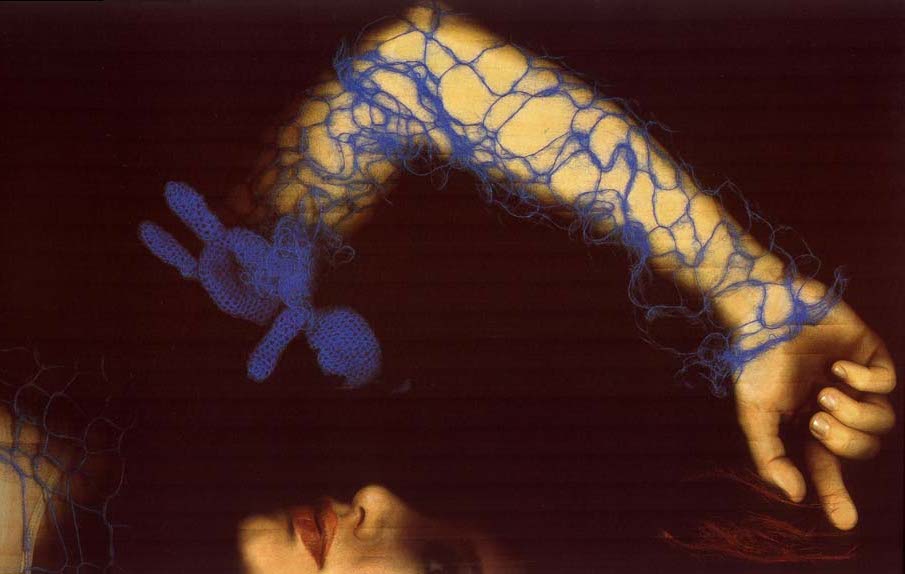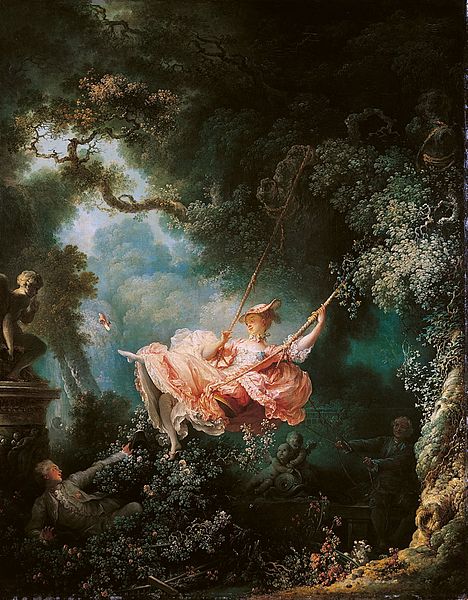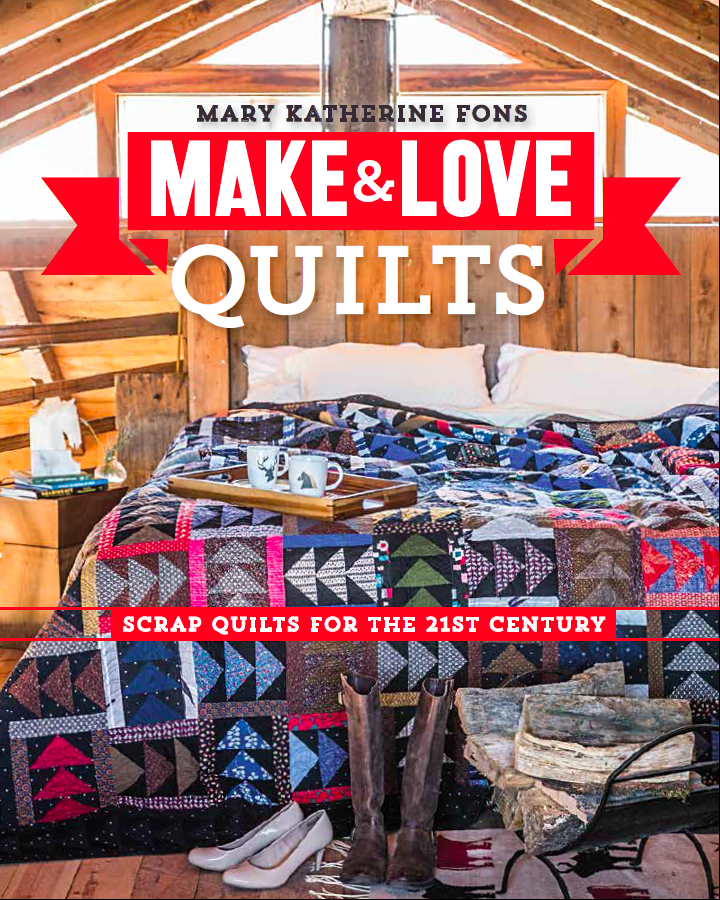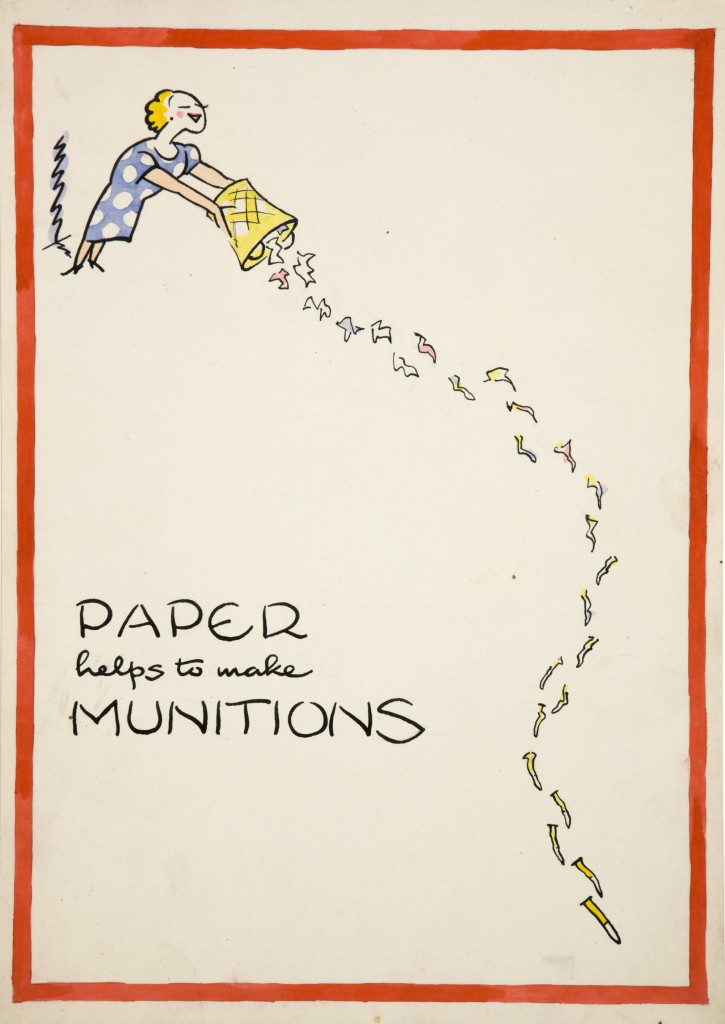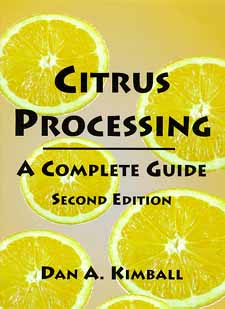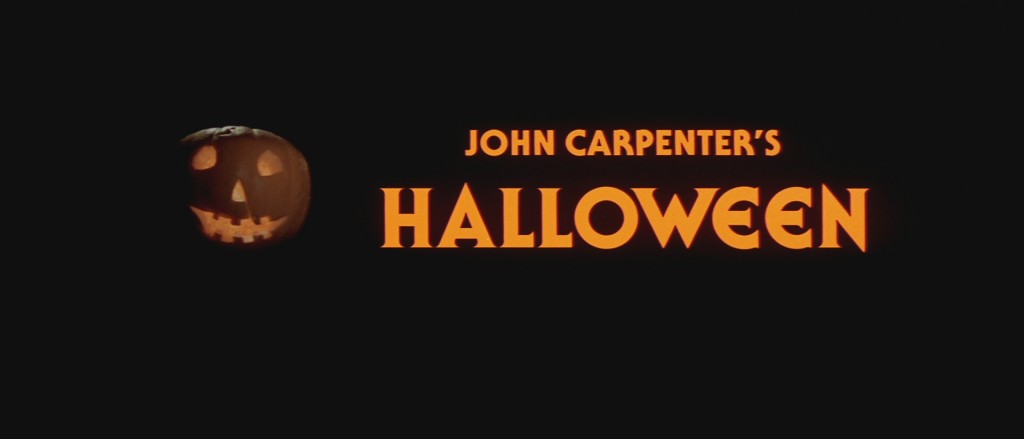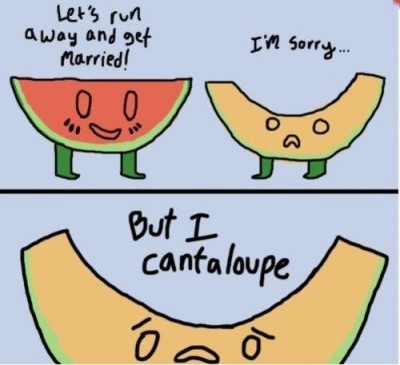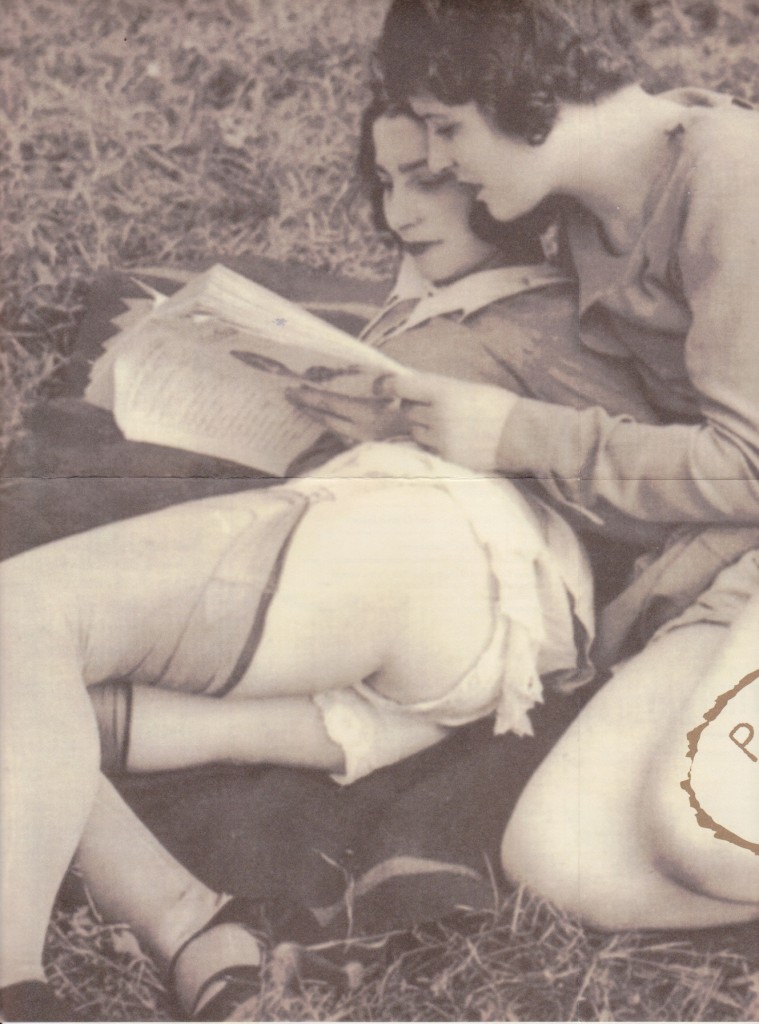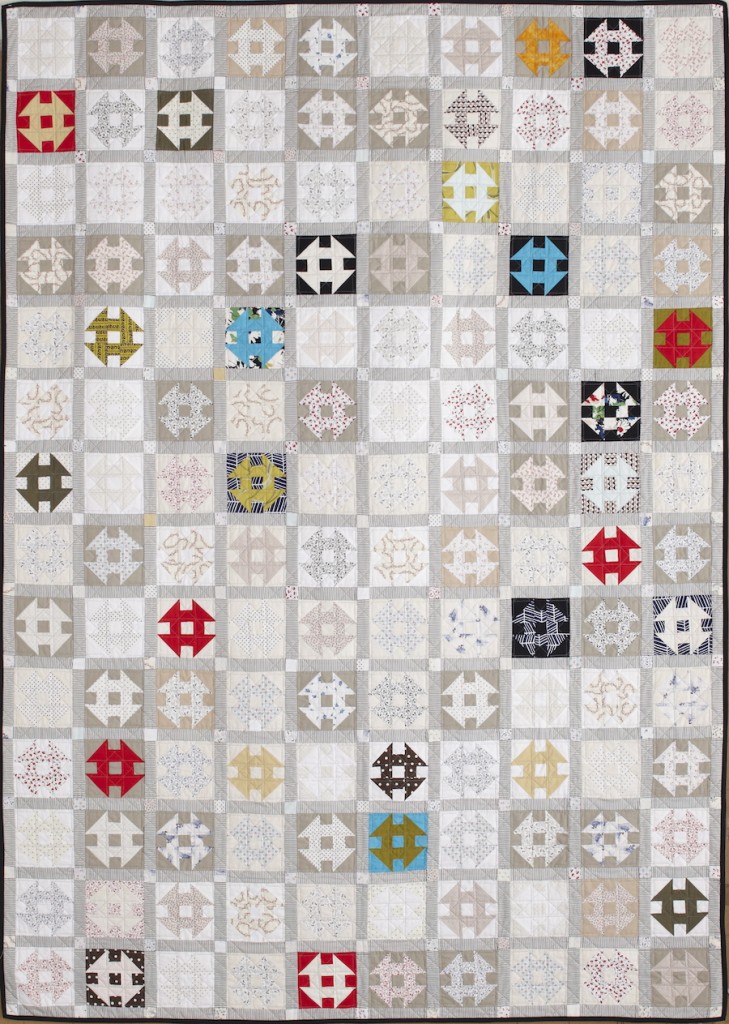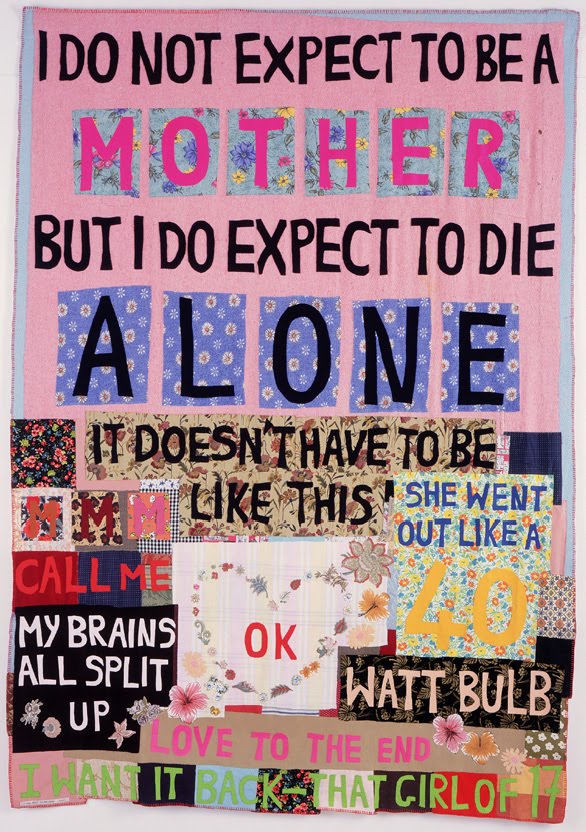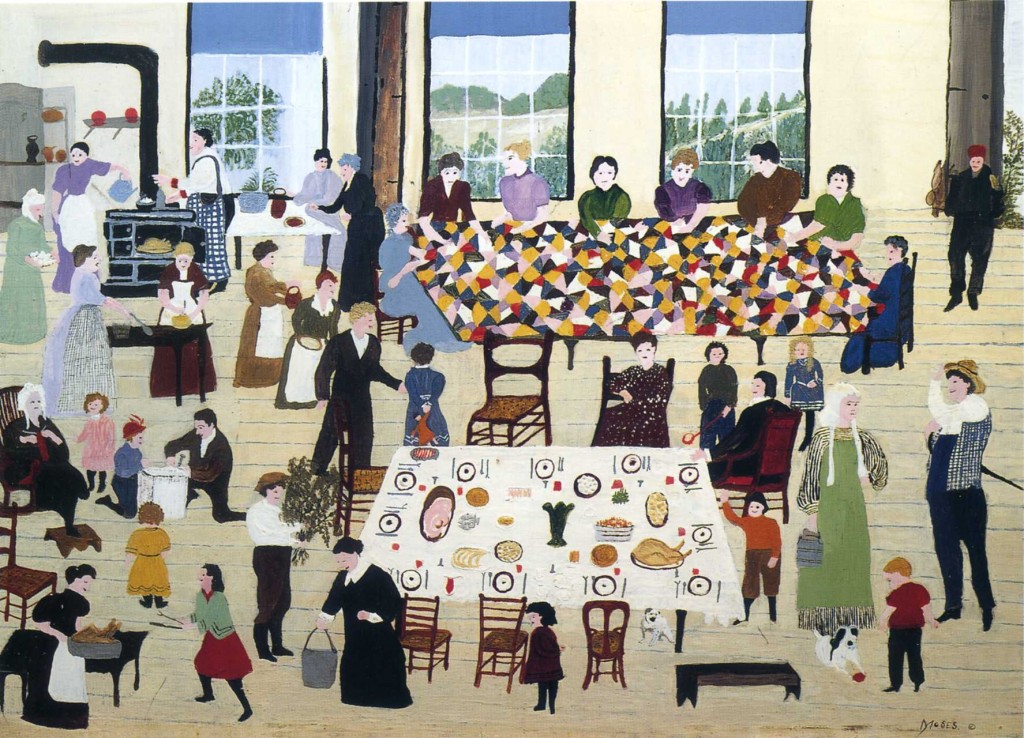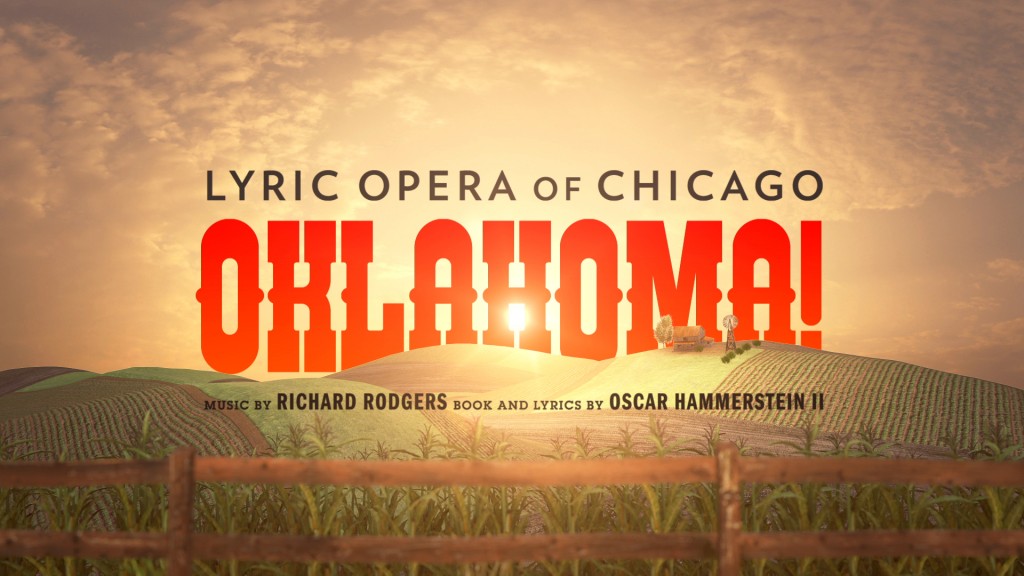
I wish my interaction with Simon Doonan had taken place today. If it had, I might still be able to pick up a whiff of whatever orchid-root-stem-cell-shea-butter lotion he had on his hands the day I did meet him. But this story is not from my trip to Arizona this week, sadly. When I met Simon Doonan in Scottsdale it was this past June. My story is day-old — but it’s half-price!
Simon Doonan is creative director of Barneys New York. Barneys is a luxury department store with flagship locations in the usual places: Chicago, Dallas, Boston, Omaha, etc. (Okay, not Omaha.) Barneys was founded in 1923 and naturally the high-end retailer has been through all the ups, downs, and way-downs any store would experience over the course of nearly 100 years in business. Through it all, Barneys has remained fabulous.
You know how everyone freaks out about the Macy’s Christmas window displays? Child’s play! Amateurs! As part of his job, Simon Doonan directs the window displays year-round at Barneys (take that, Santa) and they are resplendent n’ transcendent. They shimmer, they shock, they make you look. The scale is enormous or the scale is tiny. The displays poke fun and provoke and they are frequently quite funny. Beyond the windows — literally — Mr. Doonan is in charge of making Barneys Barneys, with its chrome and leather, its glass cases and $3,000 hat racks. When you see a Jimmy Choo delicately perched on a buttery-soft, buff-colored shoe tuffet, think Simon Doonan. He is responsible for the tuffet.
Mr. Doonan an excellent writer on top of all that; look up his work and you won’t be disappointed. He’s also married to designer Jonathan Adler, so if he needs advice when sketching something out, he can just holler from the den.
Okay, okay. So I’m in Arizona last June. I’m in Fashion Square Mall, walking toward Barneys. I’m killing time in the mall, schlepping around, marveling at how a fancy-pants shopping center like Fashion Square in Scottsdale for crying out loud could have such a dismal food court when there, straight ahead, was a man walking toward me who I recognized to be Simon Doonan.
He is a very handsome fellow. Diminutive. Impeccably dressed, naturally, in a velvet jacket — purple, I seem to remember. His hair was coiffed and jaunty. I made a little squeak — I don’t think he heard me — and I smiled a friendly smile. I was genuinely happy to see him. Simon Doonan of all things! He saw me smile and smiled back at me like, “Hm. I know you. Do I know you?”
“Hello,” I said, surprising myself that I was approaching a celebrity. But I had put the ball into play and so I instantly committed to making the interaction not lame. “Gosh, you’re Simon Doonan.”
“Yes, hi,” Simon Doonan said. “Do I know you?”
He really asked me, like he honestly thought he had met me before. Can you imagine how many people this person must meet in a week? Good heavens. I also felt exceptionally happy that I like fashion and tend to dress up “for no reason.” I think there’s always a good reason for fashion. Case in point: you might meet Simon Doonan in the mall. This is one of the many reasons sweatpants will never do. I looked chic and I was glad.
“No, you don’t know me,” I said, “But I know who you are. And I just want to say thank you. Thank you for all that you do to make the world a more beautiful place.”
We both raised our eyebrows. He was surprised to hear that. I was surprised to hear it, too — it was like I had rehearsed my whole life for my 20 seconds with Simon Doonan. It just came out like that, perfectly — and perfectly sincere.
“Well… Well thank you,” he stammered. “That’s… Well, lovely. Are you..?”
He asked what I was doing there, if I was with Barneys, etc., etc., and we chatted briefly. I told him that I was a quilter, a magazine editor, and that I host a show on PBS. He approved of all of this. And I even got a business card into his hand, though I have no doubt he tossed it into a dish of other business cards along with his South African dominoes, solid gold bricks, etc. The junk drawers and catch-all dishes of the fabulously wealthy and stylish contain items we do not posses. I’m resting at the bottom of one of those dishes, I’m afraid: Simon Doonan has not yet asked me to lunch. Still, I consider my moment with him to be a total win. I was not a nerd. I was not weird. I was chill. He invited me to a trunk show or some sort of reception at the store, but I was leaving the next morning.
Mr. Doonan, there’s still time. I’ll be in New York City for six weeks starting at the end of the month. I can tell you all about quilts, we can discuss the food court at Fashion Square Mall, or we could sort business cards and stack your gold bricks while we watch what’s happening on the Paris runways. I’m dying to see, aren’t you?
I’m also very good at drinking Champagne. I also would like to gauge your interest in me doing a capsule collection of quilts for Barneys. That is all.


